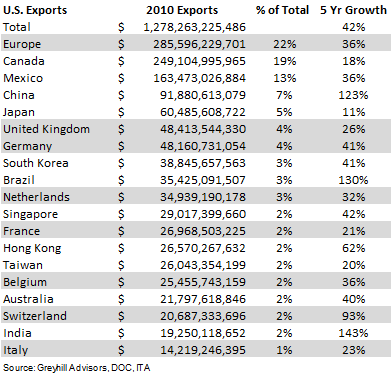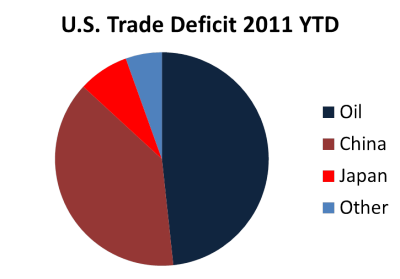The VISIT USA Act, proposed by Sen. Chuck Schumer and Sen. Mike Allen, includes seven separate components, some of which are important, long overdue reforms. Two critical pillars of U.S. economic development are foreign investment and tourism. This bill will make it easier for people to invest and spend money in the U.S., both good things. Unfortunately some included components, such as providing visas for foreign citizen real estate investors, are ill-conceived and won’t produce significant benefit. Positive parts of the bill include;
Premium Visa Process – Premium visa processing will allow travelers the option of paying a much higher visa processing fee in order to receive a visa interview within three business days. This applies to both tourist and business travel visas. Currently, the State Department fails to meet its goal of processing visas within 30 days of an application submission in critical travel markets, with wait times reaching upwards of three months in countries like Brazil and China. This delay is bad for business and needs to be fixed.
Videoconference Pilot Program – Establishes a videoconferencing pilot program to conduct visa interviews, lowering the hassle and additional costs of obtaining a U.S. visa. Currently, an in-person interview is required of each applicant seeking a U.S. visa but millions of potential travelers do not live in a city where a U.S. Embassy or Consulate is present. A pilot program is a no-brainer.
Encouraging Canadian Tourism to the U.S. – A new “Canadian retiree visa” (non-immigrant visa) is created that lasts 240 days and is renewable every three years for Canadians who are: 1) over age 50; 2) can show that they own a residence in the U.S. or have purchased rental or hotel accommodations in the U.S. for the duration of their stay; and 3) are not otherwise inadmissible.
The visa for foreign real estate investors, which has received the most press, would provide a visa to anyone purchasing at least $500,000 in residential real estate assets. This may be the least important part of the bill and will have little impact on domestic real estate. The visa offered is low value, with significant strings attached;
- The visa issues is not a work-visa, nor an immigrant-visa
- The visa recipient is required to live in the home for 6 months of every year
- As such, the immigrant is taxed by the U.S. on foreign income
- The visa expires when the home is sold
The visa holder is not able to work, but will be taxed on foreign income, which seems to limit the target audience. Truly wealthy people would invest capital through the EB-5 program, which offers a proper green card, not just a tourist visa.
The program provides no criteria regarding jurisdiction or type of real estate to be purchased. The price of condos in Miami may go up, but it’s hard to see how this program will benefit the broader real estate market which needs to work off inventory in areas less appealing to foreigners. Since the visa holder can’t work in the U.S. the country is importing unemployed investors. Even then, why require them to live here six months a year? The Visit USA Act has merits and Congress should pass the bill, but no one should anticipate any benefit to the real estate market.
 Tuesday, October 25, 2011 at 5:57PM |
Tuesday, October 25, 2011 at 5:57PM |  3 Comments
3 Comments 



